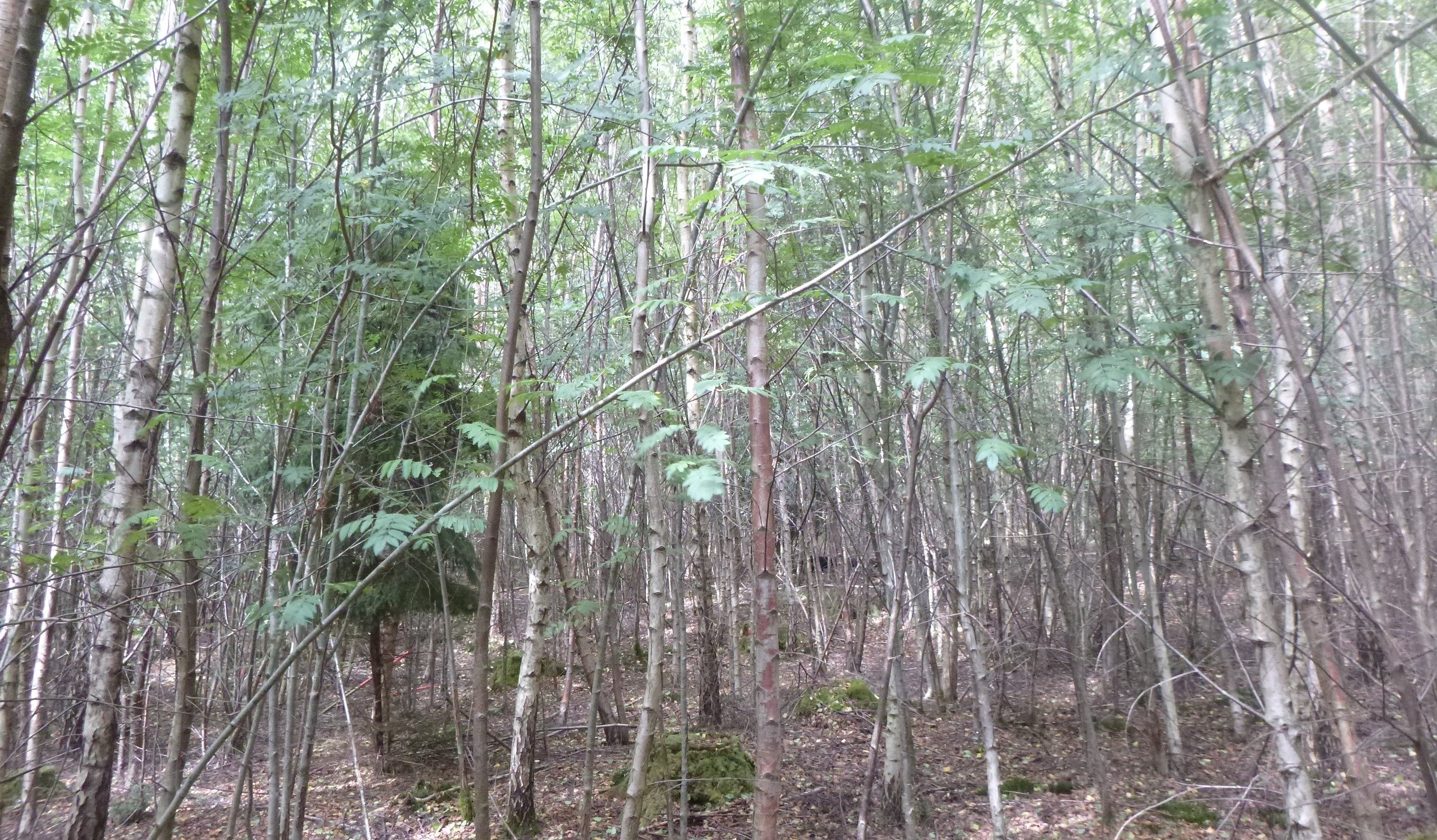We investigated whether direct seeding could have a role to play in the restoration of native tree and shrub species to lowland conifer plantations on ancient woodland sites (PAWS). On one clearfell site which benefited from profuse natural regeneration of birch (Betula pendula Roth), direct seeding initially increased both the number of seedlings and the diversity of tree species that established, but after 12 years there was little difference between plots that had been seeded or allowed to regenerate naturally. At another clearfell site on a shallow rendzina soil direct seeding repeatedly failed, and natural regeneration was also poor. Based on these two experiments we conclude that although it would be possible to use direct seeding to establish trees after clearfelling, particularly for those species with small, cheap, less predated seed, the technique is probably likely to be of only limited use for the restoration of lowland PAWS sites to native species. Other silvicultural approaches such as gradual restoration using natural regeneration or enrichment planting, or on clearfelled rendzina sites the planting of conifer / broadleaved nurse mixtures, may be more effective.
Copies of the paper are available from the author

